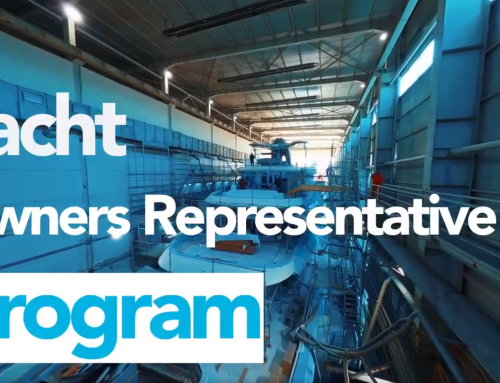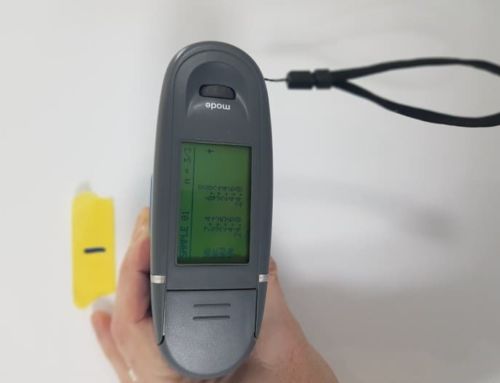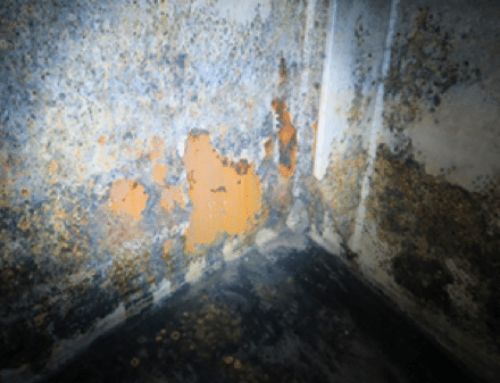What is orange peel?
Orange peel is a coating characteristic resulting in a surface appearance like the skin of an orange.
Besides the measurements of gloss, the visual appearance of a superyacht is dictated by the uniformity of the surface and the reflected image effects. The reflected image effects are determined by contrast (Haze) and Distinction of Image (DOI). The surface effects (or surface texture) are defined as waviness and depending on the observing distance and image forming the effects appear visually different.

Small structures Larger structures
Observing distance
The visibility of the structures depends on the observing distance. The greater the distance, the smaller undesirable objects will appear. Extremes of gloss coating surface profile wavelengths are in the range of 0.1mm – 10 mm and are most noticeable at a distance of approximately 3 metres. Fine structures in a range of 0.1 to 1mm can only be recognized at a close distance.
The closer the range between the surface and the observer, the greater the visual impact of orange peel.
Potential causes of orange peel
Orange peel is typically the result of:
- an improper painting technique
- painting on hot surfaces
- the quick evaporation of paint thinner
- incorrect spray gun setup (e.g, low air pressure or incorrect nozzle)
- spraying the paint at an angle other than perpendicular
- or applying excessive paint.
How can you solve orange peel?
- Sand and paint again (same instructions as for “Gelcoat” and finishing paints)
- Sand and polish
- Choose appropriate thinner, and respect drying times before re-coating
- Bring top coat to recommended viscosity
- Use adequate spray procedures/times and techniques
- Avoid high temperatures
From subjectivity to objectivity
To obtain reliable measurement results instead of a subjective evaluation, CCS measures orange peel with a wave scan. In the next article, we will describe the working method and advantages of the wave scan.
This article has been published by Superyachttimes on December 19th 2017
To hear more about CCS and the services we offer, or to make an enquiry, head to our website, or use the contact details below.
CCS
Tesselschadelaan 15C
1217 LG
Hilversum
The Netherlands
T: +31 35 7512150
E: info@ccsyacht.com
W: www.ccsyacht.com/






